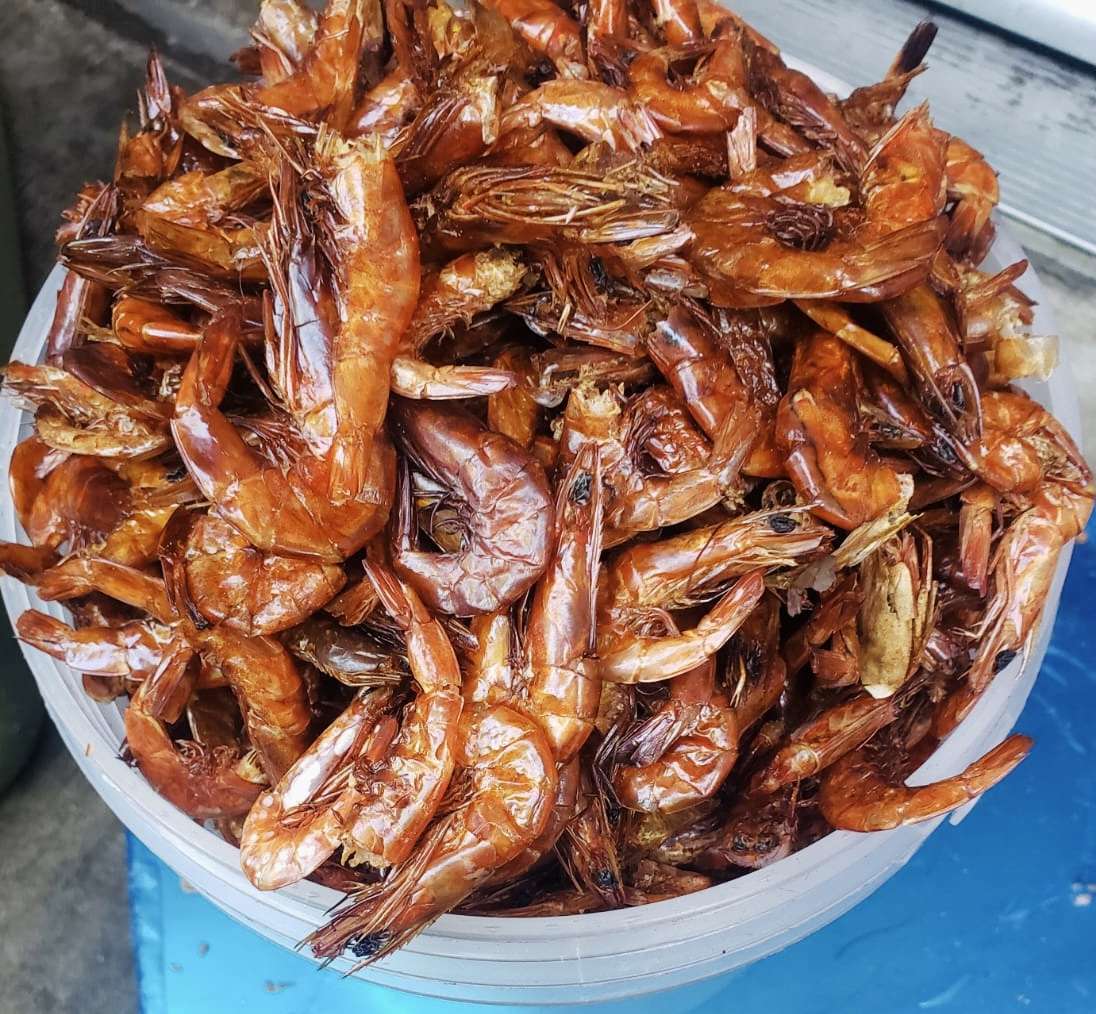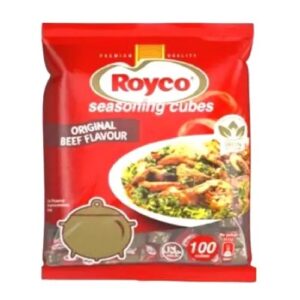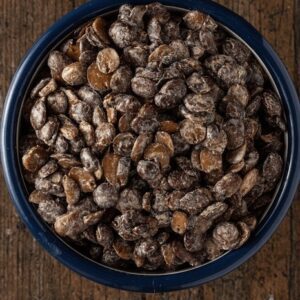Description
Crayfish (also known as crawfish, crawdads, or freshwater lobsters) are freshwater crustaceans resembling small lobsters, to which they are closely related. Here’s a detailed description:
🦐 General Description
-
Scientific classification: Order Decapoda, family groups include Cambaridae (North America), Parastacidae (Southern Hemisphere), and Astacidae (Europe, western Asia).
-
Size: Typically 3 to 6 inches (7.5 to 15 cm) long, though some species can grow larger.
-
Color: Usually brown, red, green, or bluish, depending on species and habitat.
🌊 Habitat
-
Crayfish live in freshwater environments like rivers, streams, lakes, and swamps.
-
They prefer areas with rocks, logs, or vegetation for cover.
-
Some burrow into the mud or soil, especially in drier climates.
🍽️ Diet
-
Crayfish are omnivores: they eat plant matter, algae, insects, worms, small fish, and decaying organic material.
-
In captivity, they’ll scavenge for nearly any edible substance.
🧬 Anatomy & Features
-
Body segments: Head, thorax, and abdomen.
-
Exoskeleton: Hard, protective shell that they molt as they grow.
-
Claws (chelae): Large pincers used for defense, hunting, and manipulating food.
-
Antennae: Used for sensing the environment.
-
Swimmerets: Small appendages under the abdomen, used in swimming and, in males, for mating.
♻️ Reproduction
-
Mating occurs in late summer or early fall.
-
Females lay eggs and carry them under their tails until they hatch.
-
Hatchlings resemble miniature adults.
🦠 Ecological Role
-
Crayfish are keystone species in many aquatic ecosystems.
-
They help break down organic material and are a food source for fish, birds, and mammals.
🍽️ Human Use
-
Widely eaten in places like the Southern U.S., France, and China.
-
Popular in dishes such as crawfish boils, étouffée, and soups.






